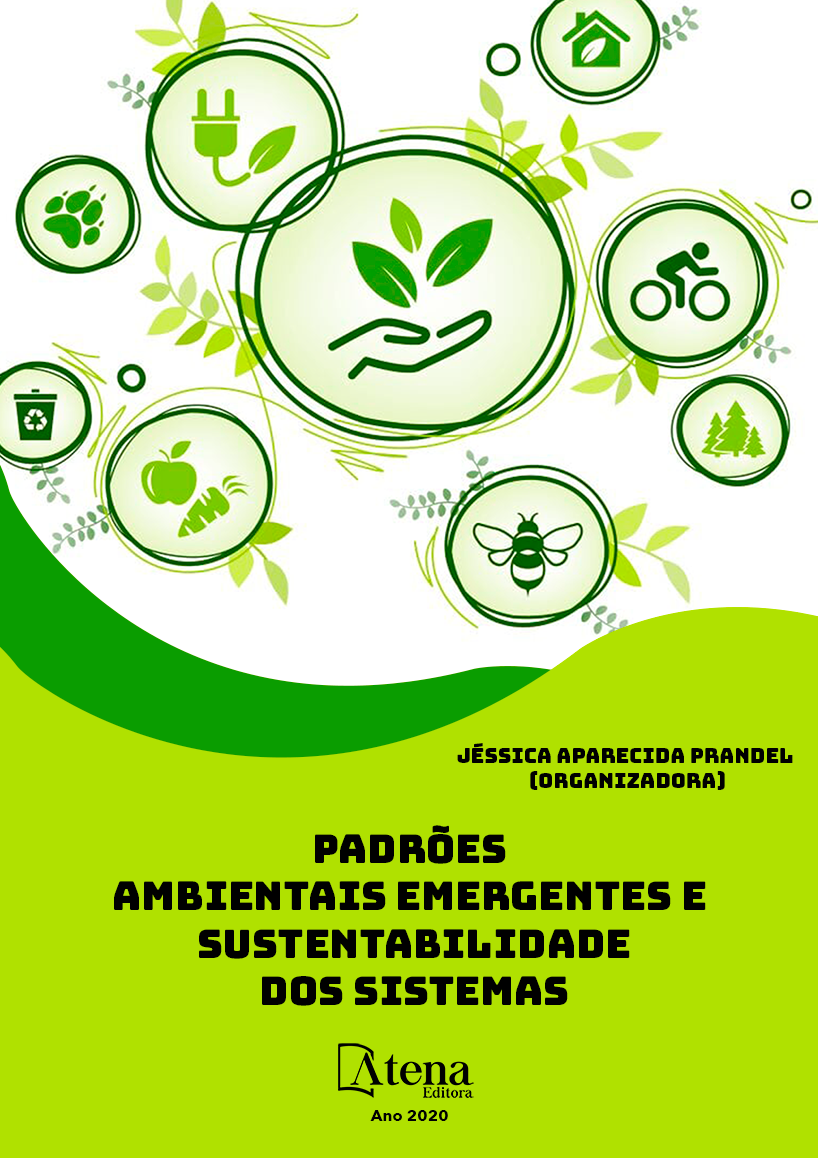
AVALIAÇÃO DO DESEMPENHO TÉRMICO DE CONCENTRADORES SOLARES DE CALHA PARABÓLICA NO SEMIÁRIDO PARAIBANO
O Sol é uma fonte de energia renovável que pode ser convertida diretamente em eletricidade empregando a tecnologia fotovoltaica ou aproveitada termicamente para posteriormente gerar eletricidade em usinas de concentração solar térmica (CSP). O Brasil vem expandindo os projetos na área de concentração solar, e a região Nordeste destaca-se com potencial para implementação de usinas CSP devido aos seus altos índices de irradiância solar direta normal (DNI). Este trabalho tem como objetivo avaliar o desempenho térmico de concentradores solares de calha parabólica através do uso de informações climatológicas do semiárido Paraibano. Para tanto, foi realizado um levantamento de dados solarimétricos e meteorológicos do município do Coremas, os quais foram aplicados a um balanço de energia no sistema térmico de concentração, cujo modelo matemático foi solucionado em um código computacional empregando o método de Newton-Raphson. Observou-se que para a região de Coremas, levando-se em conta os dados climatológicos locais, os parâmetros construtivos do concentrador solar e o tipo de fluido térmico utilizado, as eficiências térmicas calculadas variaram entre 68% e 72% aproximadamente, em função da variação da DNI. Estes valores são compatíveis os encontrados na literatura, evidenciando o potencial para instalação de usinas de geração solar concentrada na região.
AVALIAÇÃO DO DESEMPENHO TÉRMICO DE CONCENTRADORES SOLARES DE CALHA PARABÓLICA NO SEMIÁRIDO PARAIBANO
-
DOI: 10.22533/at.ed.6502028053
-
Palavras-chave: Usinas CSP, DNI, Paraíba, Newton-Raphson, Eficiência térmica
-
Keywords: CSP, DNI, Paraíba, Newton-Raphson, thermal efficiency
-
Abstract:
The Sun is a renewable energy source that can be converted directly into electricity using photovoltaic technology or thermally used to later generate electricity in concentrated solar power plants (CSP). Brazil has been expanding projects in the area of solar concentration, and the Northeast region stands out with potential for the implementation of CSP plants due to its high levels of direct normal solar irradiance (DNI). This work aims to evaluate the thermal performance of parabolic trough solar concentrators by using climatological information from the semi-arid region of Paraiba. For that, a survey of solarimetric and meteorological data from the municipality of Coremas was carried out, which were applied to an energy balance in the thermal concentration system, whose mathematical model was solved in a computational code using the Newton-Raphson method. It was observed that for the Coremas region, taking into account the local climatological data, the construction parameters of the solar concentrator and the type of thermal fluid used, the calculated thermal efficiencies varied between approximately 68% and 72%, depending on the variation of the DNI. These values are compatible with those found in the literature, showing the potential for installing concentrated solar generation plants in the region.
-
Número de páginas: 15
- Aline da Silva Oliveira
- Cristiane Kelly Ferreira da Silva
- Fabiano Cordeiro Cavalcanti


